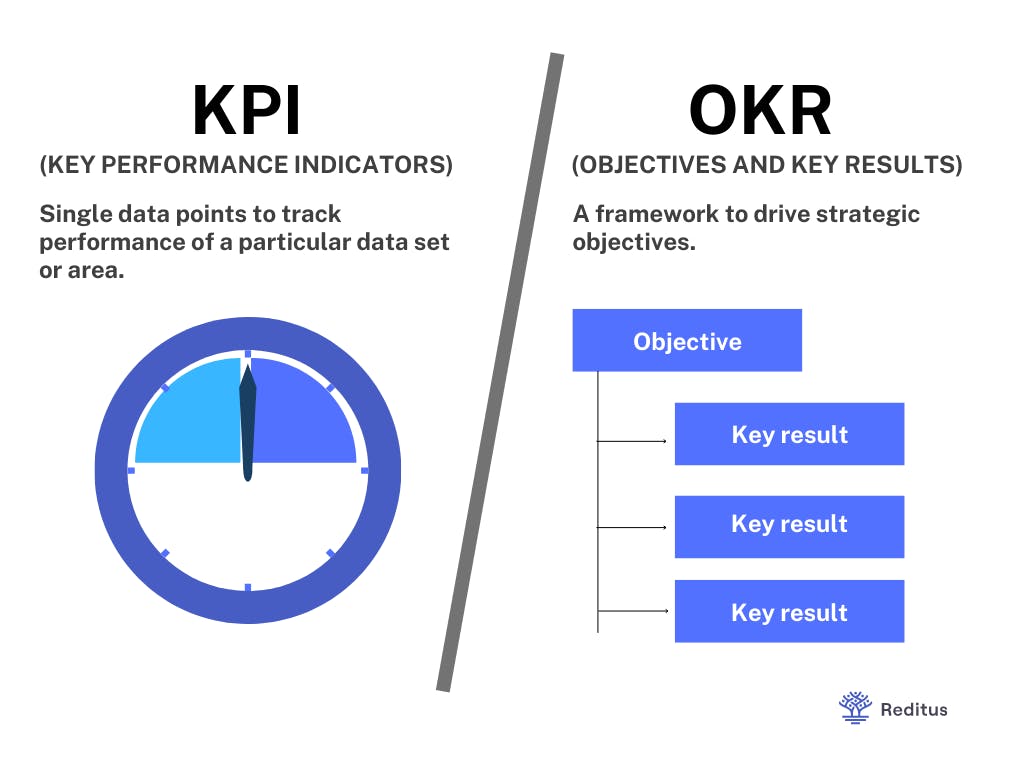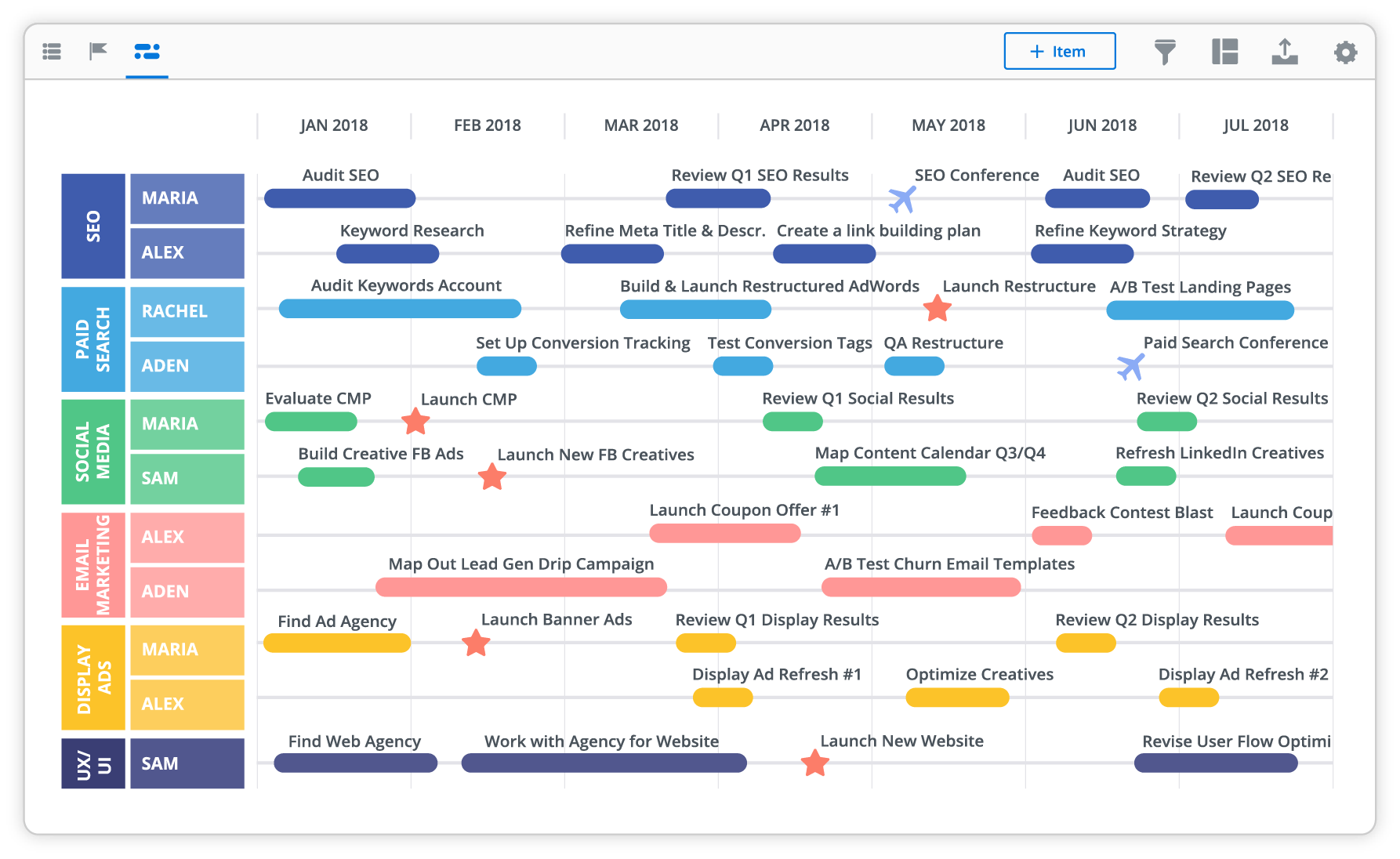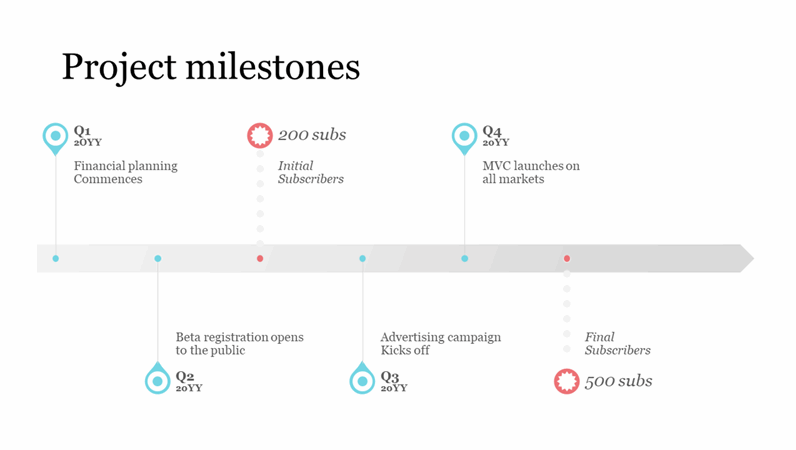5 Simple Steps to Create a Killer B2B SaaS Marketing Plan.

As your company enters a new era of growth, it's time to set your sights on bigger and better things. But before scaling your business and reaching new heights, you must put together a solid marketing plan to get you there.
SaaS founders don't always have the time or expertise to develop a top-notch marketing strategy, but it's essential for long-term success.
That means you'll have to work to create a plan that covers all your bases and sets you up for success — regardless of whether you have an in-house marketing team or are working with a limited budget.
For modern-day B2B SaaS companies, an effective marketing plan should address the specific needs of your target market and position your product as the best solution to their problems.
Your plan should also lay out a clear roadmap for reaching your goals, including what channels you'll use, what content you'll create, and what budget you'll need to make it all happen.
So, how do you create a marketing plan to help you achieve your desired growth? This guide will show you the way.
But first, let's get something out of the way right off the bat…
Table of contents
What Is the Difference Between a Marketing Plan and a Marketing Strategy?
A marketing plan is a document that details the entire scope of your marketing efforts for a specific period — usually 12 months.
This includes your budget, your goals, your target market, and the strategies and tactics you'll use to reach them.
A marketing strategy, on the other hand, is the overall game plan for how you will achieve your marketing goals. It's the overarching "why" behind your marketing efforts.

While a marketing plan can (and should) be changed as you learn and grow, your marketing strategy is much more stable. It's the foundation on which your entire plan is built.
Now that we've cleared that up, let's explore how you can create a successful marketing strategy for your B2B brand.
What Does a Marketing Plan Look Like in B2B SaaS?
The marketing plan for a B2B SaaS company should be tailored to the specific needs of your target market and audience.
That said, some elements should be included in every good marketing plan:
Goals
Goal-setting might sound intuitive, but you'd be surprised how many businesses don't take the time to sit down and identify their specific goals for the year. The entrepreneurial graveyard is littered with the bones of the companies that "winged it" and didn't have a clear plan for success.
As a SaaS company, your goals should be focused on acquiring new customers and growing your revenue. But you also need to set specific targets to measure your progress along the way.
A good rule of thumb is to break down your goals into three tiers:
Top-level goals
These are your overarching aims for the year. They should be ambitious but achievable and directly contribute to your bottom line.
For example, "grow revenue by 30%" or "acquire 1,000 new customers."
Mid-level goals
These are the specific steps you'll take to achieve your top-level goals. They should be measurable and have a deadline attached.
For example, "launch a new product by Q3" or "double blog traffic by December."
Tactical goals
You must complete these daily tasks to achieve your mid-level goals. They might not seem directly related to your bottom line, but they are essential nonetheless.
For example, "write one blog post per week" or "send one email per day."
KPIs and OKRs
Setting goals is one thing, but you also need to have a way to measure your progress. That's where key performance indicators (KPIs), objectives, and key results (OKRs) come in.
KPIs are metrics that help you track your progress towards your goals. They should be specific, measurable, and actionable.
Some KPIs for a SaaS company might include customer acquisition costs (CAC), customer lifetime value (LTV), churn rate, or web traffic.
OKRs, on the other hand, are a framework for setting goals that tech companies like Google and Intel popularized.
They involve setting specific objectives (what you want to achieve) and key results (how you're going to measure it).
For example, an objective might be "increase web traffic," and a key result could be "double blog traffic by December."
You need KPIs and OKRs to track your progress and ensure you're on track to hit your targets.

A Clear Strategy
Again, your marketing strategy is the overall game plan for how you will achieve your marketing goals.
It should be clear, concise, and easy to understand. And it should be based on a thorough understanding of your target market, unique selling proposition (USP), and brand identity.
For example, your primary strategy could be to stand out through thought leadership. In that case, your tactics might involve writing blog posts, speaking at conferences, or being active on social media.
Or, if you're focused on price differentiation, your tactics might revolve around things like discounts, coupons, or free trials.
No matter what your strategy is, make sure it's aligned with your overall business goals.
Tactics and Channels
Once you have a clear strategy in place, you need to start thinking about the specific tactics and channels you will use to reach your target market.
This will vary depending on your industry, budget, and goals. Some common tactics and channels in the B2B SaaS industry include:
- Content marketing
- Search engine optimization (SEO)
- Pay-per-click (PPC) advertising
- Social media
- Email marketing
Some others to consider are webinars, events, and partnerships.
Consider your unique needs and objectives when choosing tactics and channels. And don't be afraid to experiment — you might be surprised by what works best for your business.
Timeline
Once you have your tactics and channels selected, you need to start thinking about when you will execute them and how much you will spend.
This is where a timeline and budget come in.
Your timeline should be realistic and give you enough time to execute your tactics properly.
Your budget should be based on a thorough understanding of the costs associated with your chosen tactics.

Responsibilities
Last but not least, you need to think about who will be responsible for executing each of your chosen tactics. This will help ensure that nothing falls through the cracks and that everyone knows what they need to be doing.
You can assign members to focus on different areas if you have a large marketing team. For example, you could have someone responsible for your social media presence, someone in charge of creating blog content, and someone else accountable for handling your email marketing.
Even if you don't have a large team, you can still ensure that everyone has a specific focus. Clear responsibilities will help ensure your marketing plan is executed effectively and efficiently.
How To Develop a Marketing Plan for a B2B SaaS Company
Now that we've gone over what you need to include in your B2B SaaS marketing plan, it's time to start putting it together. Follow these five simple steps, and you'll have a solid plan.
Step 1: Set Your Goals and KPIs
Although we've already touched on this, it's worth reiterating that your marketing goals, KPIs, and OKRs need to be aligned with your overall business goals. Without this alignment, measuring your success or even knowing if you're headed in the right direction will be challenging.
There's a simple formula you can use to ensure that your marketing goals are aligned with your business goals:
Milestone + Metric you'll use to measure progress + Timeframe = Marketing goal
For instance, your goal could be to "increase AOV by 20% within four months" or "drive 1,000 new leads within six months."
Once your marketing goals are set, you can start thinking about what KPIs and OKRs you'll need to track to measure progress.
For example, if your goal is to increase AOV, you might track KPIs like website conversion and email click-through rates. If your goal is to drive new leads, on the other hand, you might track KPIs like website traffic, and the number of new leads generated.
Step 2: Define What Success Will Look Like
Setting goals don't mean much if you don't know what success looks like. Will you consider your marketing campaign successful if it generates a certain number of leads? If it drives a certain amount of revenue? If it increases brand awareness?
OKRs play a vital role in this step, as they help you track progress and determine whether or not you're on track to reach your goals.
For example, let's say your goal is to drive 1,000 new leads within six months. Your key results could be something like this:
- Reduce CPL by 30%
- Increase conversions by 5%
- Hire a digital marketing consultant
Key results help you track progress and ensure that you're on track to reach your goal. If, after six months, you haven't generated 1,000 new leads but reduced your CPL by 30% and increased conversions by 5%, then you'll know that you need to adjust your tactics.
Step 3: Define the Steps or Tactics You’ll Use in Your Plan
Now that you know what your goals are and what success looks like, it's time to start thinking about the steps or tactics you need to achieve those goals.
We can categorize marketing tactics into two main buckets:
- Inbound
- Outbound
Inbound marketing tactics attract customers to your brand without having to go out and actively find them. Common inbound marketing tactics include content marketing, SEO, and social media.
Outbound marketing tactics require you to go out and actively find customers, like cold emailing or display advertising.
Both inbound and outbound marketing tactics rely on different channels to reach potential customers, while some might overlap.
For example, you can create a piece of content to attract organic visitors. Then, use that same piece of content in a paid social media campaign to attract even more visitors.
To choose the right mix of inbound and outbound marketing tactics, consider:
- Your buyer persona: What kind of information do they need to make a purchasing decision?
- Your budget: Inbound marketing typically requires more time than money, while outbound marketing requires more money than time (although both can be expensive).
- Your business goals: What are you looking to achieve? More brand awareness? More leads? More sales?
- Your resources: Do you have the workforce to execute an inbound marketing campaign? Do you have the money to pay for an outbound marketing campaign?
- Your timeline: How quickly do you need results?
The answer to these questions will help you determine which marketing tactics are right for your business.
Step 4: Develop a Timeline and Set Key Milestones
Once you've selected the marketing tactics you will use, it's time to start thinking about when you will execute them. This is where a timeline comes in.
Your timeline should include key milestones, like launching a new website or starting a paid social media campaign. It should consist of smaller tasks, like writing blog posts or creating social media graphics.
Creating a timeline will help you stay organized and on track. It will also make it easier to measure results, as you'll be able to track progress against each milestone.
A project management platform like Trello can be a helpful tool for creating and sharing timelines, but a simple Google Sheet will also do the trick.
Depending on your business goals, your timeline might be a few months or years. But, regardless of the timeframe, it's vital to set critical milestones so you can track progress and adjust your tactics as needed.

Step 5: Assign Responsibilities to Team Members
With clear tasks in place, all there's left to do is assign them to team members. To do so, consider each team member's skills, interests, and availability.
For example, if you have a team member who's great at writing and has much experience with social media, they might be a good fit for creating blog posts and managing your company's Twitter account.
If you have a team member who's more analytical, they might be a better fit for creating reports on your marketing campaigns.
Once you've assigned tasks to team members, give them a deadline so they can stay on track.
If you don't have a dedicated marketing team, don't worry. There are plenty of marketing tools that can help you automate or outsource tasks.
Buffer, for example, is a social media management tool that can help you automate your social media posting. Hootsuite is another great option, and they even offer a free plan for small businesses.
You can use Google Sheets or Excel for tasks like creating reports or analyzing data.
Outsourcing tasks to freelancers is another option, and there are some websites you can use to find quality freelancers, like Fiverr, Upwork, and PeoplePerHour.
Regardless of how you do it, assign responsibility for each task on your timeline to someone on your team.
Marketing Plan FAQs
What are the 7 elements of a marketing plan?
The seven steps of a marketing plan include:
- Market research - Gathering data about the target market, competitors, and other industry trends.
- Market segmentation - Dividing the overall market into smaller, more manageable groups.
- Positioning - Developing a unique image or brand for the product or service.
- Goals and objectives - Establishing measurable goals and objectives for the product or service.
- Strategies - Crafting a specific approach to achieve the goals and objectives.
- Tactics - Developing tactics to execute the strategies.
- Budget - Allocating the necessary resources to make the plan a reality.
What are the main characteristics of b2b marketing?
The main characteristics of B2B marketing are:
- Business-specific needs - B2B marketing focuses on understanding the specific needs of businesses and using that understanding to make the product or service more attractive.
- Longer sales cycles - B2B sales cycles are typically longer, as they involve more stakeholders, more research into the product or service, and more time for decision-making.
- Relationship building - B2B marketing relies heavily on building relationships with potential customers. It is essential to understand the customer's needs and goals and to build trust with them.
- Targeted campaigns - B2B marketing campaigns are often more targeted than consumer marketing campaigns, as they are tailored to the business's specific needs.
What is a go-to market strategy for saas products?
A go-to-market (GTM) strategy is a plan for introducing a new product or service to a target market.
Specifically, the GTM strategy should focus on building customer relationships, creating targeted campaigns, and leveraging the power of word-of-mouth to increase awareness and drive adoption.
Additionally, the GTM strategy should leverage existing customer relationships and tap into new markets.
Finally, the GTM strategy should include a pricing strategy to maximize profitability and ensure the sustainability of the SaaS business model.
What are the 5 c's of marketing?
The 5 C's of B2B marketing are:
- Customer - Understanding the customer's needs and goals.
- Cost - Understanding the cost of delivering the product or service.
- Communication - Creating campaigns to reach the target market.
- Collaboration - Building relationships with potential customers.
- Competition - Understanding the competition in the market.
A Solid Marketing Plan Is Essential for Your Business
Developing a marketing plan can seem daunting, but it doesn't have to be. By following these seven simple steps, you can create a plan that helps you achieve your goals.
Start by defining your target audience and understanding their needs. Then, research your competition and set some realistic business goals.
Once you've done that, you can start to select the right marketing tactics and develop a timeline for execution. Finally, assign responsibility for each task to a team member and give them a deadline.

